he Arctic Coast, frozen for most of the year, is alarmingly fluid. Beaches and bluffs along the Arctic Ocean shore have some of the highest rates of erosion in the country, according to a US Army Corps of Engineers (USACE) report.
In August, the USACE–Alaska District signed a project partnership agreement with the North Slope Borough for the Barrow Coastal Erosion Protection Project.
As the name suggests, the project predates Alaska’s northernmost town adopting its indigenous name in 2016. Fighting erosion goes back to the ‘90s. Before the effect of global climate change was clearly understood, bluffs along the shore of Utqiaġvik were already slumping, exposing ancestral remains and artifacts.
The situation became critical in 2018 when storms wiped away the seawall that protected parts of the downtown area. The lack of coastal protection threatens the integrity of the Old Barrow Landfill and the only fresh water source in Utqiaġvik. The community has been spending millions of dollars every year to build temporary berms by bulldozing beach sand.
For a more permanent solution, federal help is on the way.
For all but three months of the year (July through September), landfast sea ice protects the north coast from waves, winds, and currents. But in periods of ice-free conditions, as the coastal shield melts earlier and forms later in the fall storm season, erosion increases. USGS predicts that the Arctic is becoming more vulnerable to storm surge and wave energy, and more shoreline and more infrastructure will be lost.
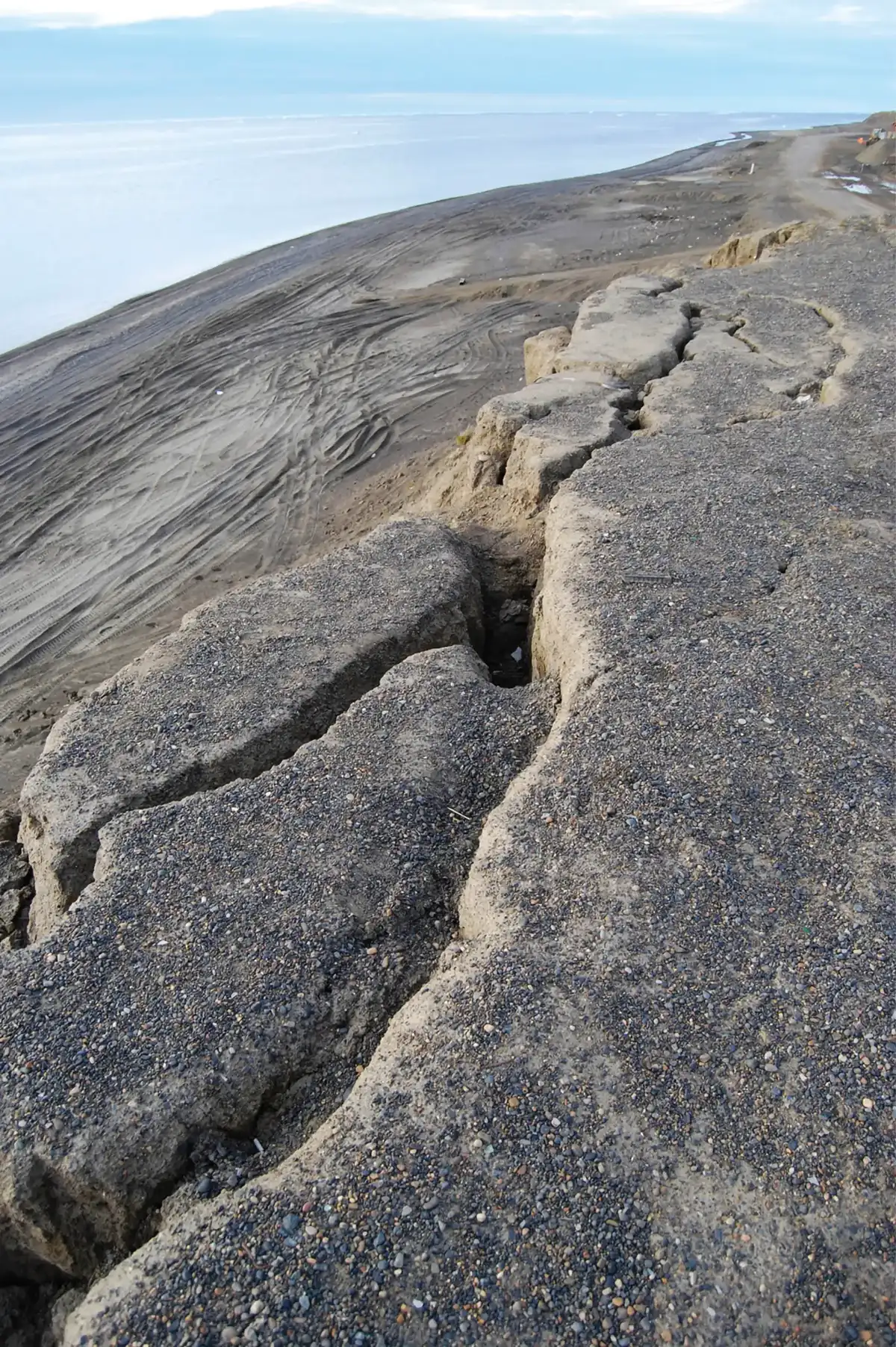
Dimitra Lavrakas
Later in 2022, the US Senate included an update to the Water Resources Development Act as part of the National Defense Authorization Act for fiscal year 2023. The legislation sweetens the deal by creating a 10 percent cost sharing option for economically disadvantaged communities, like Utqiaġvik, to address storm damage prevention and reduction, coastal erosion, and ice and glacial damage.
“I’m excited that, at long last, we’ve taken the last step in a years-long process to build a seawall to protect the community of Utqiaġvik,” said Senator Dan Sullivan in an August press release. “I want to thank the US [Army] Corps of Engineers for their cooperation and the community of Utqiaġvik and the North Slope Borough for their strong leadership.”
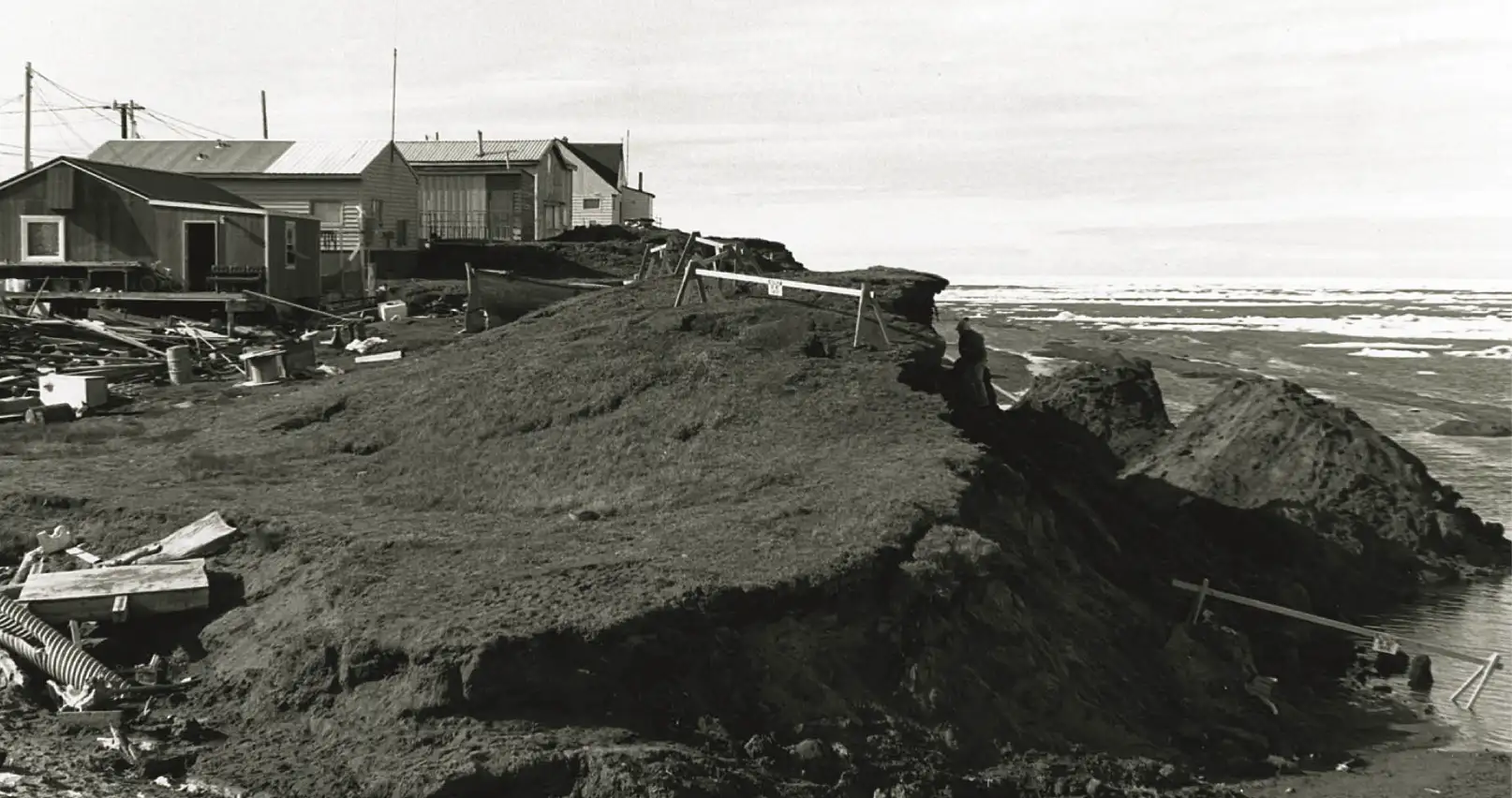
Dimitra Lavrakas
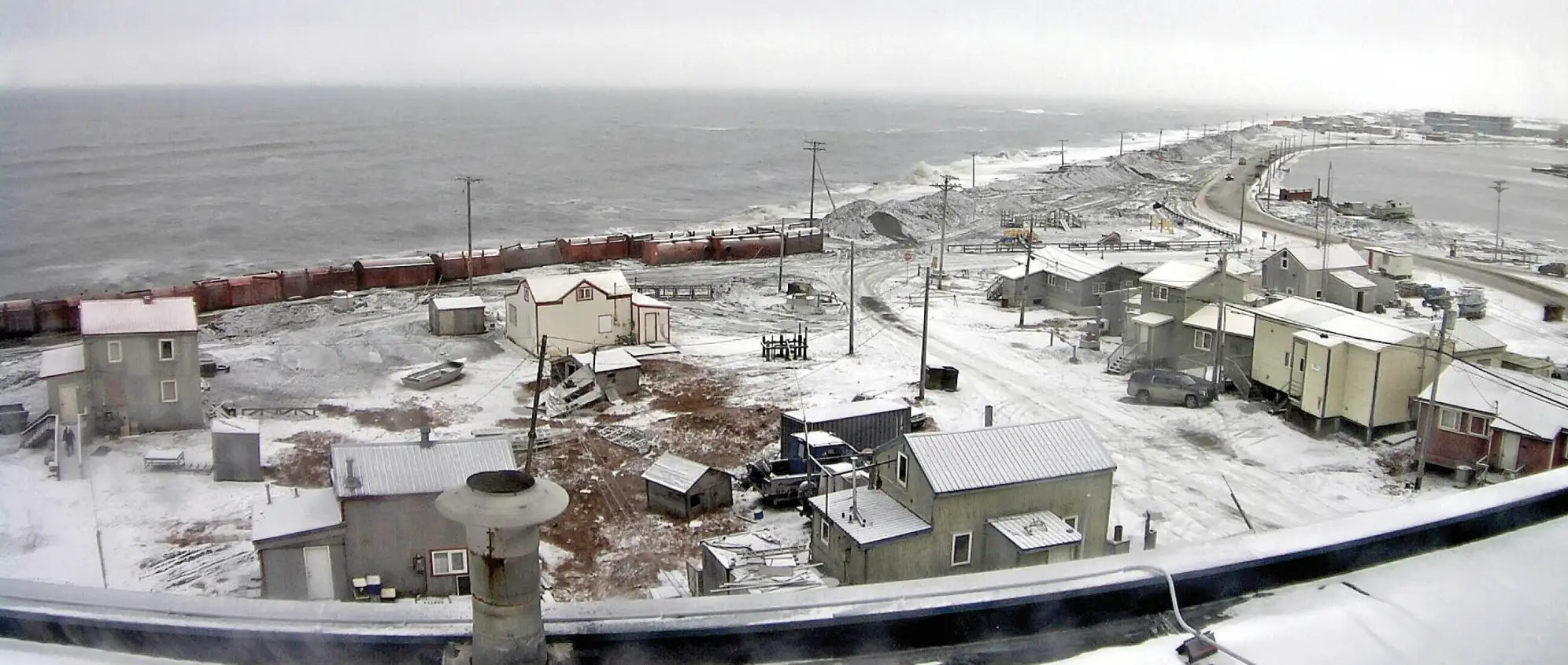
UAF Sea Ice Group
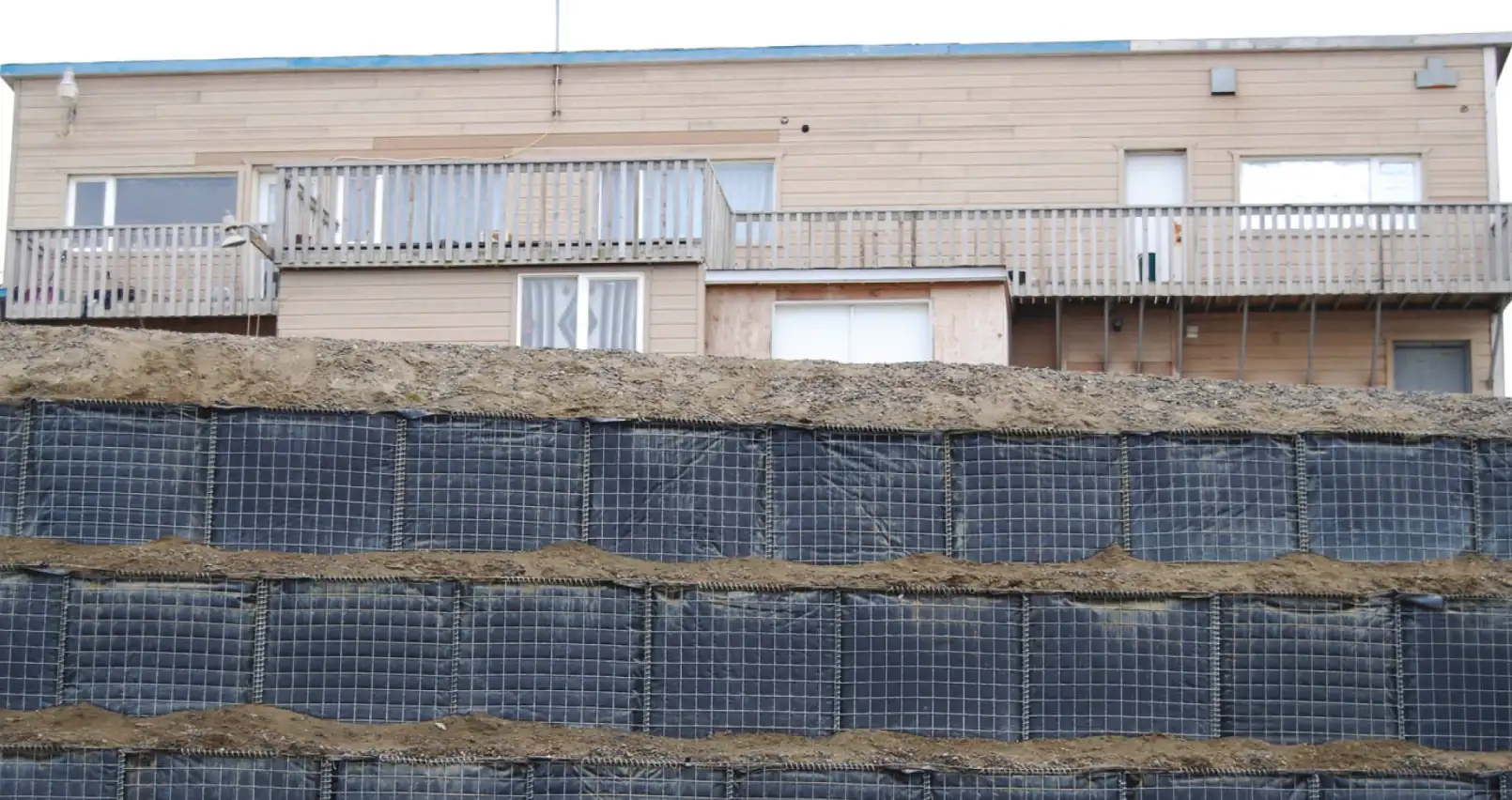
Dimitra Lavrakas
Sullivan noted that the project is the biggest ever coastal erosion infrastructure built in Alaska, and the federal government is footing 90 percent of the cost.
The project’s anticipated value is $400 million.
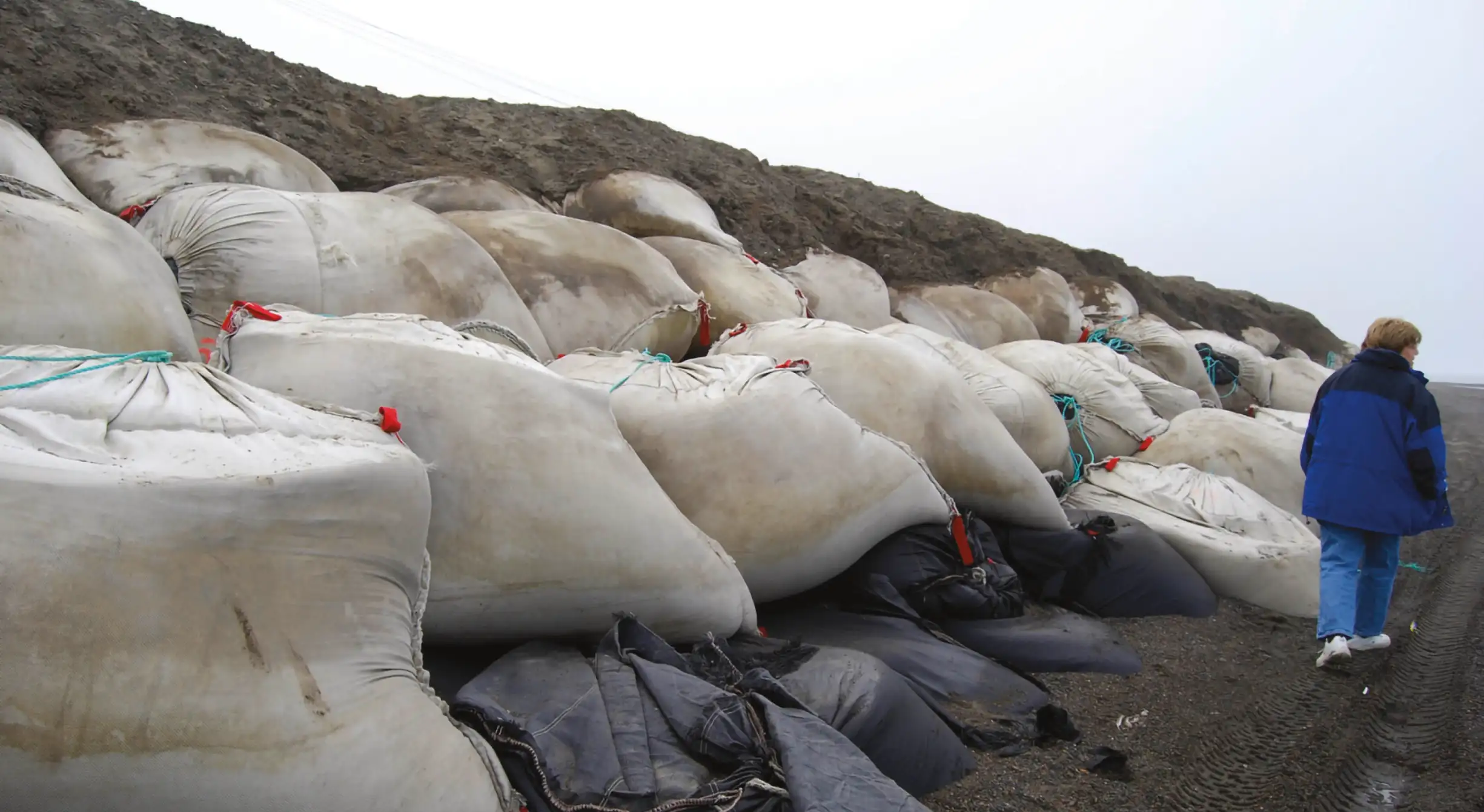
Dimitra Lavrakas
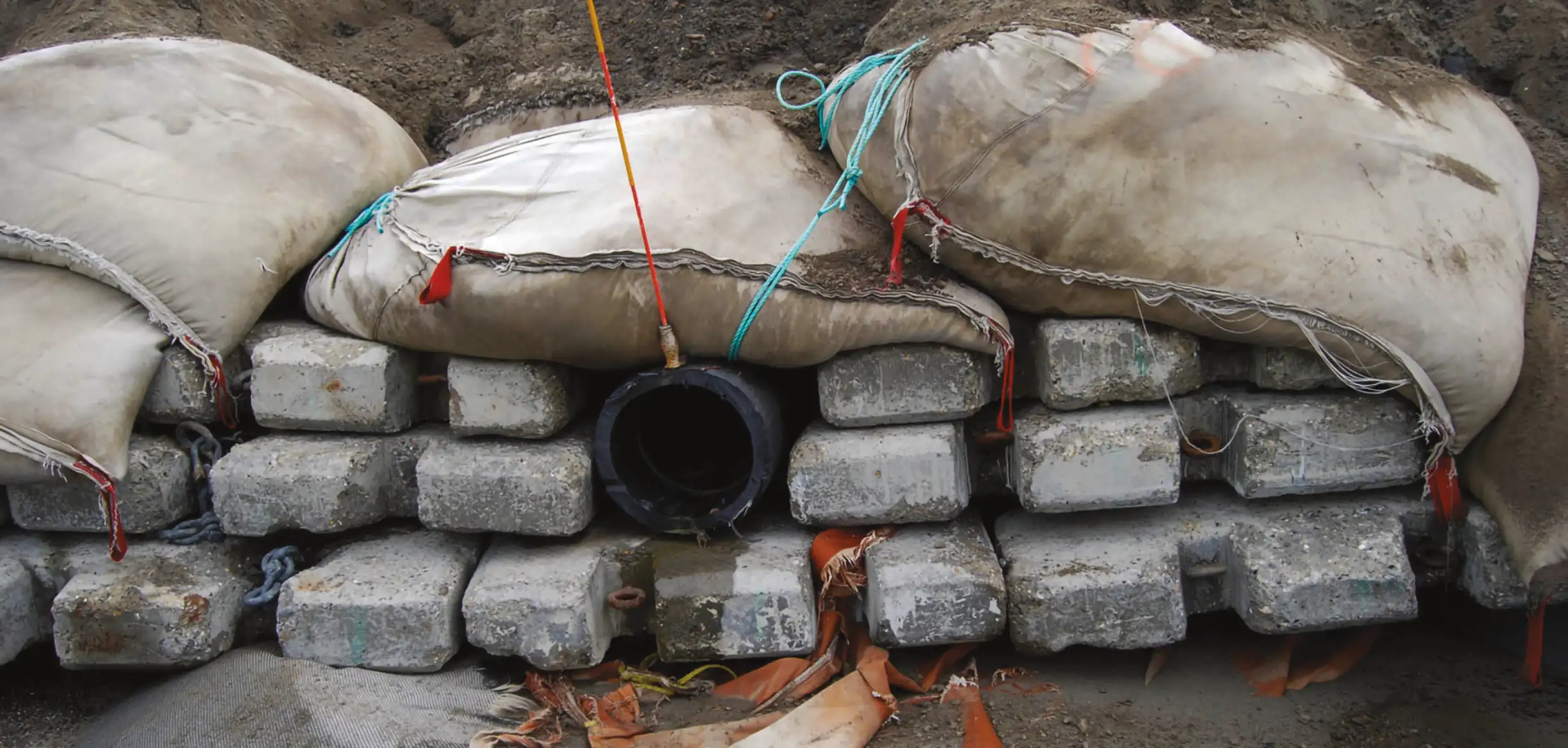
“The Alaska District will have a project management and quality control team to ensure the project is built correctly,” Budnik says. Whether the construction contractor will offer jobs to residents is up to that company, Budnick says.
Completion is slated for 2031.
Upon the signing of the August partnership, the commander of USACE–Alaska District, Colonel Jeffrey Palazzini, observed, “This project represents USACE’s ability to construct in remote and austere environments as well as our commitment to rural and native communities on the frontlines of climate change.”